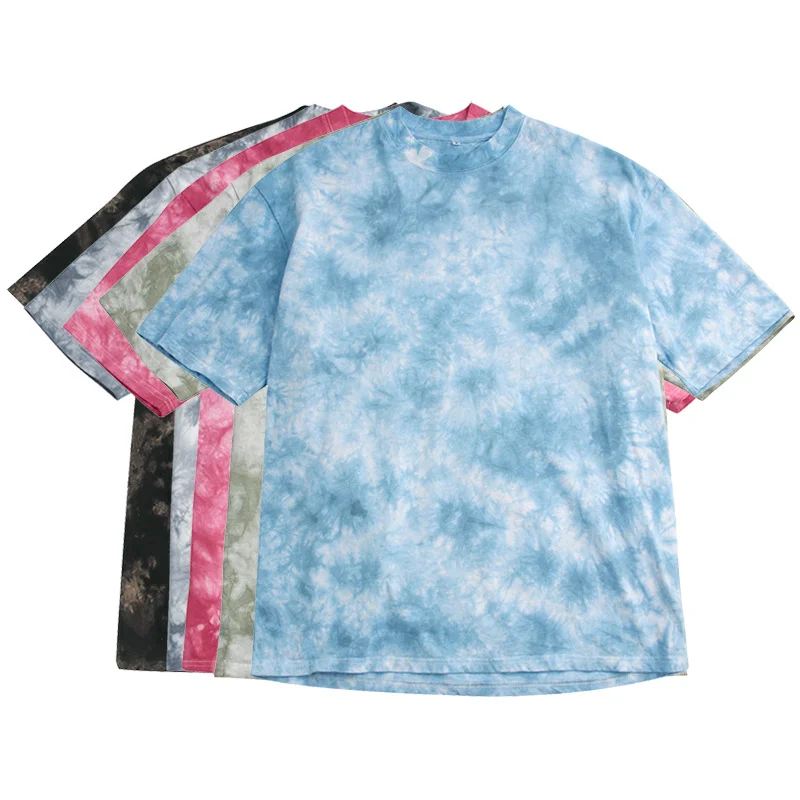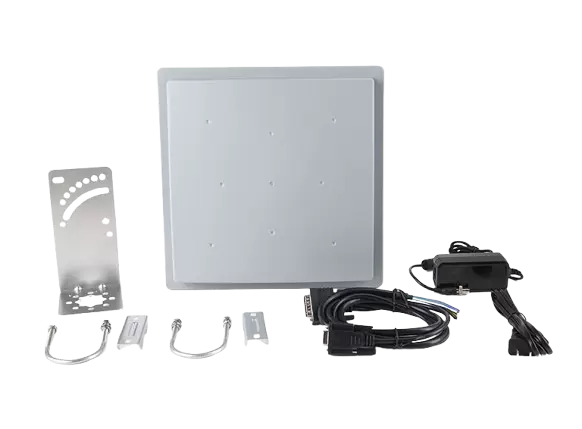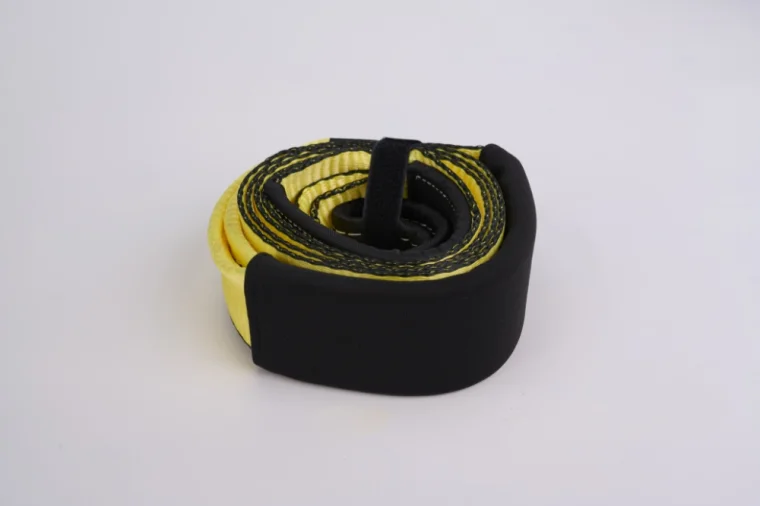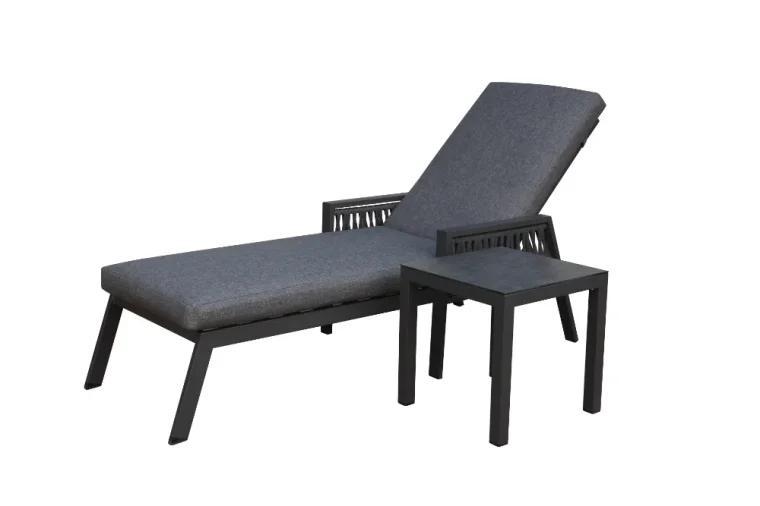Screen Printing vs. Digital Printing: Which is the Better Choice?
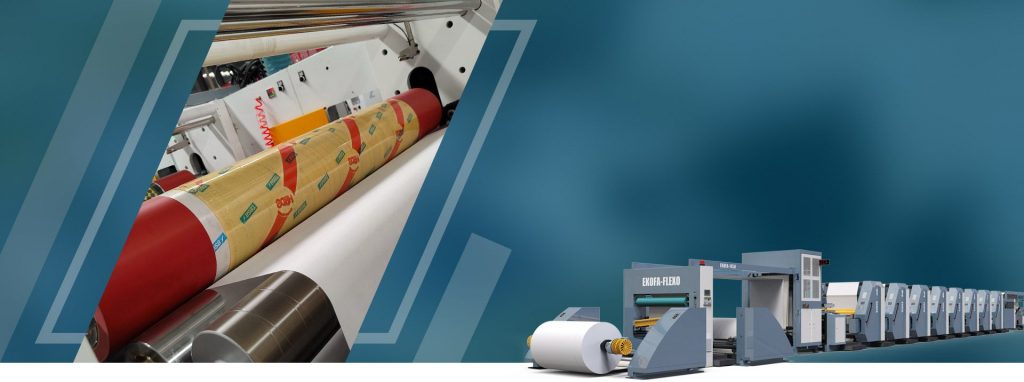
When it comes to printing, there are two main methods: screen printing and digital printing. Both methods have their pros and cons, and choosing the right one depends on various factors. In this article, we will explore the differences between screen printing and digital printing and help you decide which one is the better choice for your project.
Screen Printing
Screen printing is a traditional printing method that involves using a stencil (or screen) to apply ink onto a substrate. The stencil is made by blocking out areas of a mesh screen with a stencil material, leaving open spaces where the ink can pass through. The ink is then forced through the screen onto the substrate using a squeegee.
Pros:
- Screen printing is ideal for printing on a variety of materials, including fabric, paper, plastic, and metal.
- It produces vibrant and long-lasting colors that are resistant to fading and washing.
- Screen printing is cost-effective for large print runs, as the setup costs are high but the cost per print decreases as the quantity increases.
Cons:
- Screen printing is not suitable for small print runs, as the setup costs are high and the cost per print is relatively high.
- It is not suitable for printing complex designs with multiple colors, as each color requires a separate screen and setup.
- Screen printing is not suitable for printing photographic images or fine details, as the ink tends to bleed and blur.
Digital Printing
Digital printing is a modern printing method that involves using a digital file to print directly onto a substrate. The ink is applied using a printer that sprays tiny droplets of ink onto the substrate.
Pros:
- Digital printing is ideal for small print runs, as there are no setup costs and the cost per print is relatively low.
- It is suitable for printing complex designs with multiple colors, as the ink is applied directly from the digital file.
- Digital printing is suitable for printing photographic images and fine details, as the ink droplets can be controlled to produce sharp and precise images.
Cons:
- Digital printing is not suitable for printing on all materials, as it requires a substrate that can be fed through a printer.
- It produces colors that are not as vibrant or long-lasting as screen printing, as the ink is not absorbed into the substrate.
- Digital printing is not cost-effective for large print runs, as the cost per print increases as the quantity increases.
Conclusion
In summary, screen printing is the better choice for large print runs on a variety of materials, while digital printing is the better choice for small print runs with complex designs and photographic images. Ultimately, the choice between screen printing and digital printing depends on your specific needs and budget.



